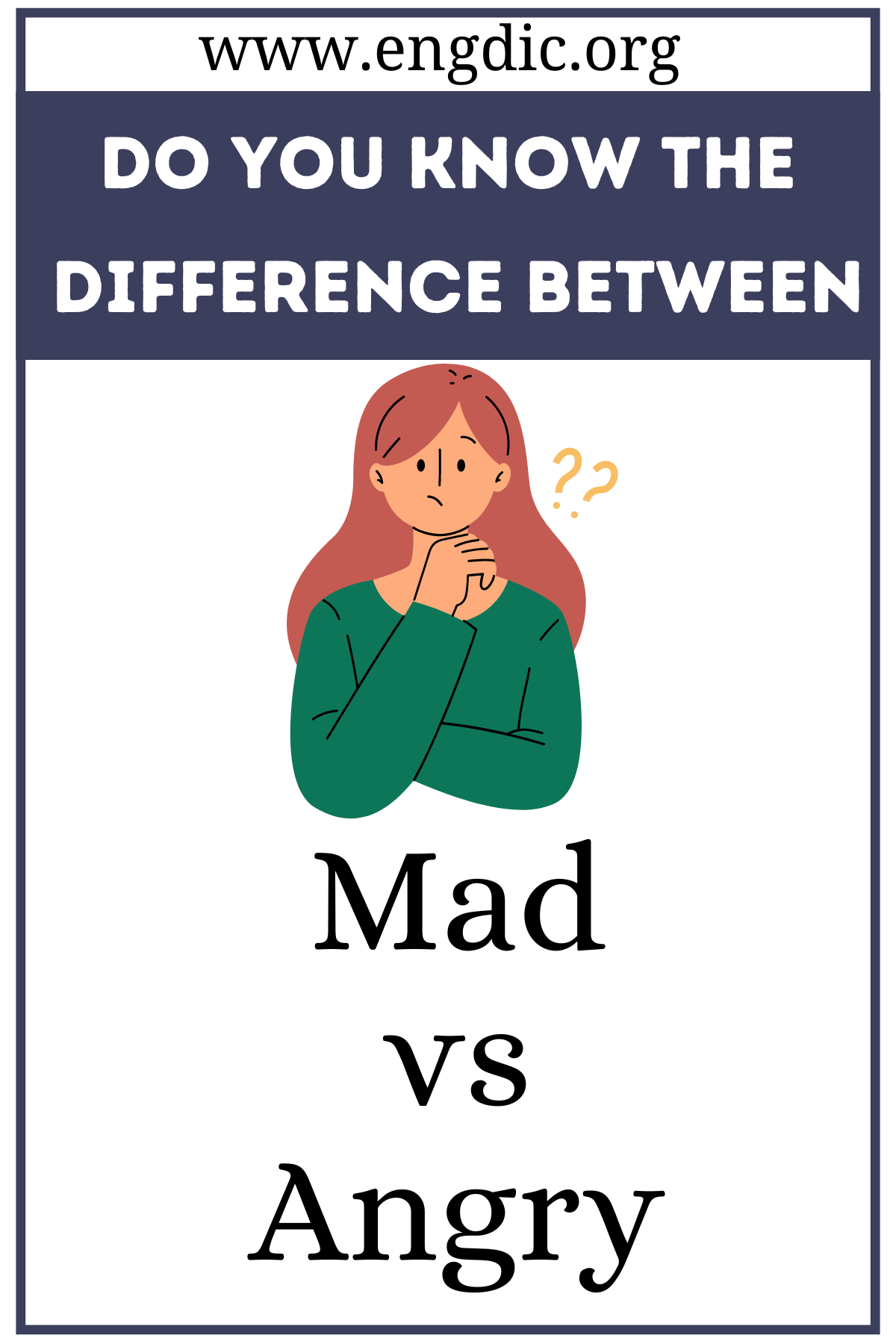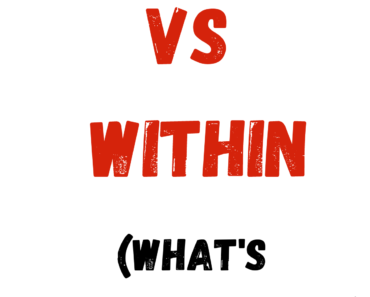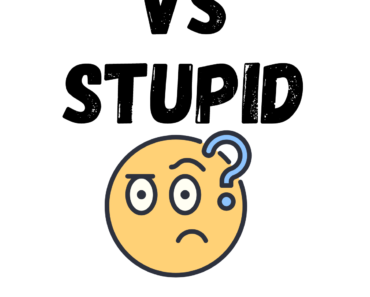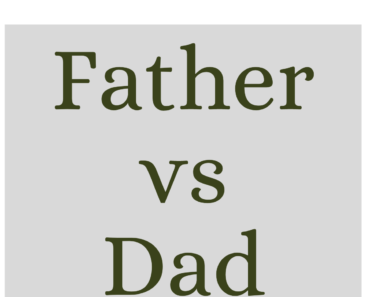While “mad” and “angry” are often used interchangeably, they have distinct nuances. “Mad” historically meant “insane” or “crazy,” but today, especially in informal settings, it’s often used to describe a state of anger, particularly intense or uncontrollable anger.
“Angry,” on the other hand, specifically refers to a strong feeling of displeasure or hostility, often with a clear cause. Although both words describe anger, “mad” carries a more emotional or exaggerated connotation, while “angry” tends to imply a more direct, reasoned, and controlled response to a particular situation.
Mad
Definition:
Mad primarily means mentally ill, but in colloquial English, it also refers to being very angry or furious.
Usage and Examples:
- Intensity of Anger: “Mad” often implies intense anger, verging on irrationality.
Example: “She was so mad that she couldn’t speak without shouting.” - Informal Usage: It’s more commonly used in informal speech, often to emphasize the level of anger.
Example: “He’s mad at his boss for canceling his vacation.” - Insanity (Historical): Historically, it referred to being insane or mentally unstable.
Example: “He went mad after the tragic incident.”
Angry
Definition:
Angry denotes a strong feeling of displeasure, often in response to a specific provocation or injustice.
Usage and Examples:
- Reasoned Anger: Implies a more reasoned response to a perceived wrong or frustration.
Example: “The customer was angry about the poor service.” - Formal Contexts: “Angry” is more commonly used in formal writing and speech.
Example: “The angry protestors demanded justice.” - Degrees of Anger: It can denote varying levels of anger, from mild irritation to intense rage.
Example: “She was mildly angry at being ignored.”
By understanding the nuanced differences between “mad” and “angry,” you can use each word more precisely to convey the exact nature of someone’s emotional state.







